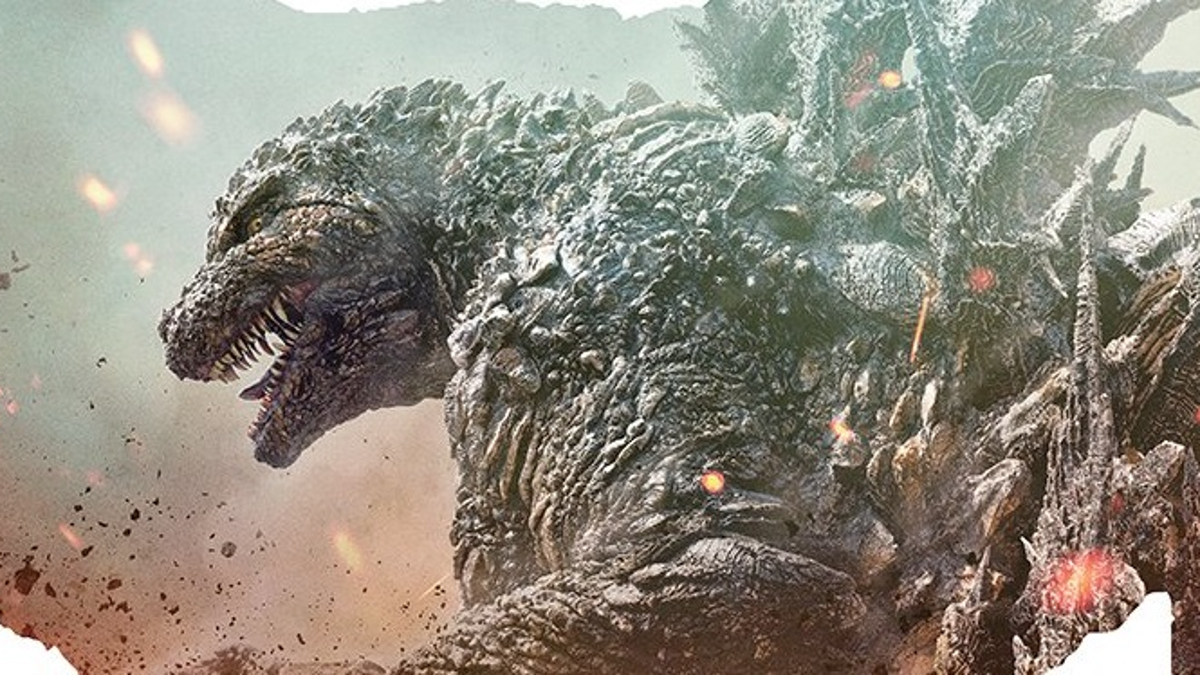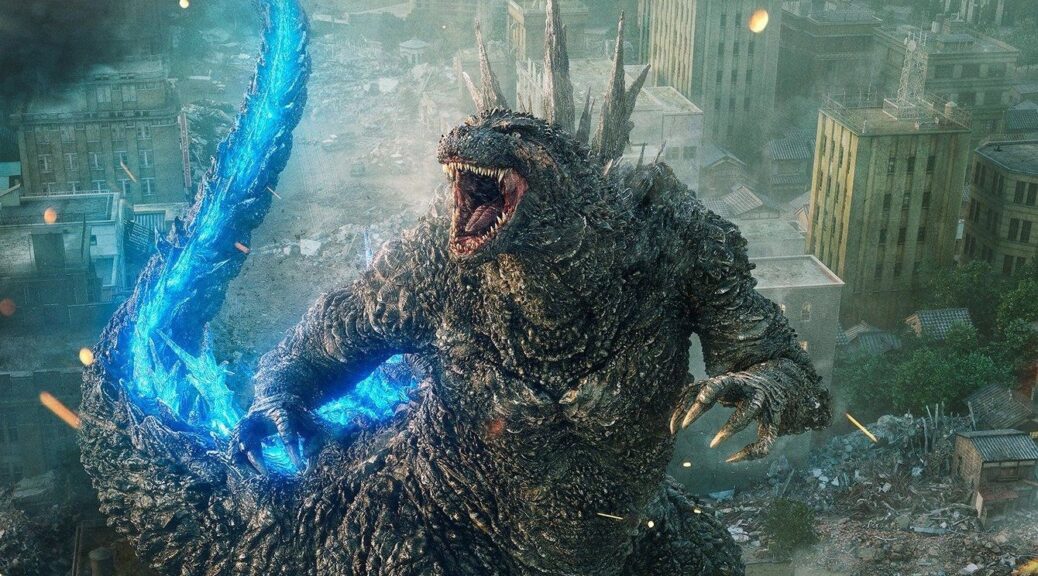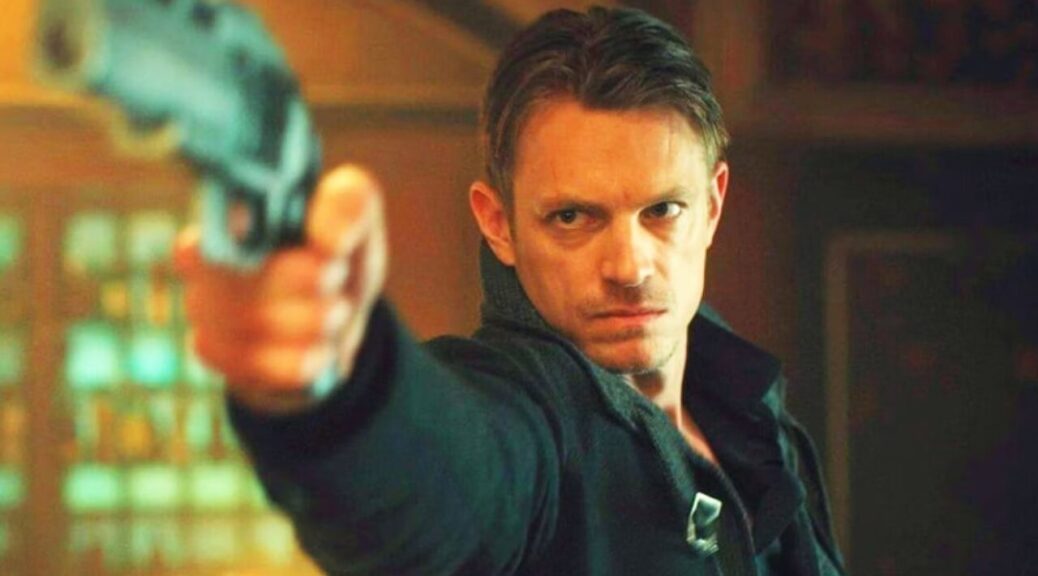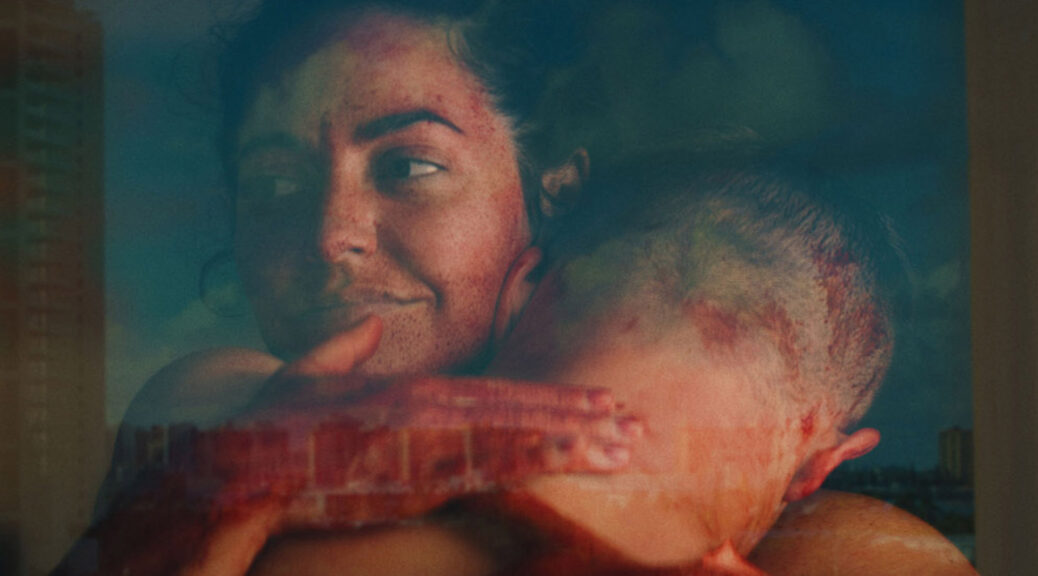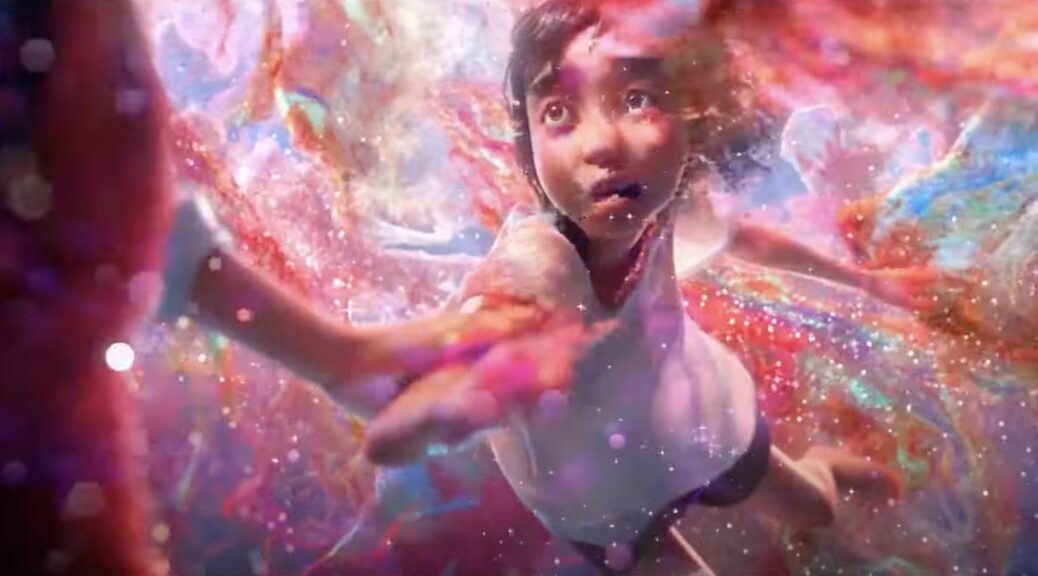Everyone Will Burn
by Brandon Thomas
Ten years after her bullied son died by suicide, Maria (Macarena Gomez) looks to end her own life on a lonely bridge in the Spanish countryside. Before she can make the decision, Maria is approached by a small girl covered in soot and dirt. The girl, Lucia (Sofia Garcia) has achondroplasia, which is a form of dwarfism and also the same condition Maria’s son had. As Maria and Lucia’s bond intensifies, so does Lucia’s desire to rid the small town of the people who tormented Maria’s son and have continued to antagonize his suffering mother.
Director David Hebrero throws a lot at the wall with Everyone Will Burn and amazingly, most of it sticks. Most prominently is the exploration of how people with certain mysterious health conditions are treated as “other” or even “evil”. It’s an ugly part of humanity we all believe to be in the past, but Hebrero puts the spotlight on how fear and misunderstanding can bring out the worst in even the most well-intentioned people.
Hebrero’s visual language is hypnotic and often dream-like throughout. As Lucia dispatches members of the community (the highlight being the opening few minutes that leaves a policeman engulfed in flames), the nightmarish events taking place are fully realized through the expert camerawork. Similar to American filmmaker Ari Aster, Hebrero wrings a copious amount of tension out of seemingly mundane scenes around a dinner table or after a funeral. These are the scenes that left me squirming in my seat – not the ones involving carnage.
Gomez is mesmerizing as the haunted Maria. There’s a lot of emotional weight to this performance and Gomez seamlessly transfers Maria’s grief and guilt from earlier in the movie, to wrath and righteous anger in the back half. It’s a performance so captivating that, despite Maria’s spiral into bloody vengeance, you can’t help but cheer her on.
Everyone Will Burn starts strong and never lets its foot off of the gas pedal for the entire 2 hour running time. Visually, emotionally, and viscerally, this is a film that will stand tall and proud alongside the other excellent horror films of 2023.


